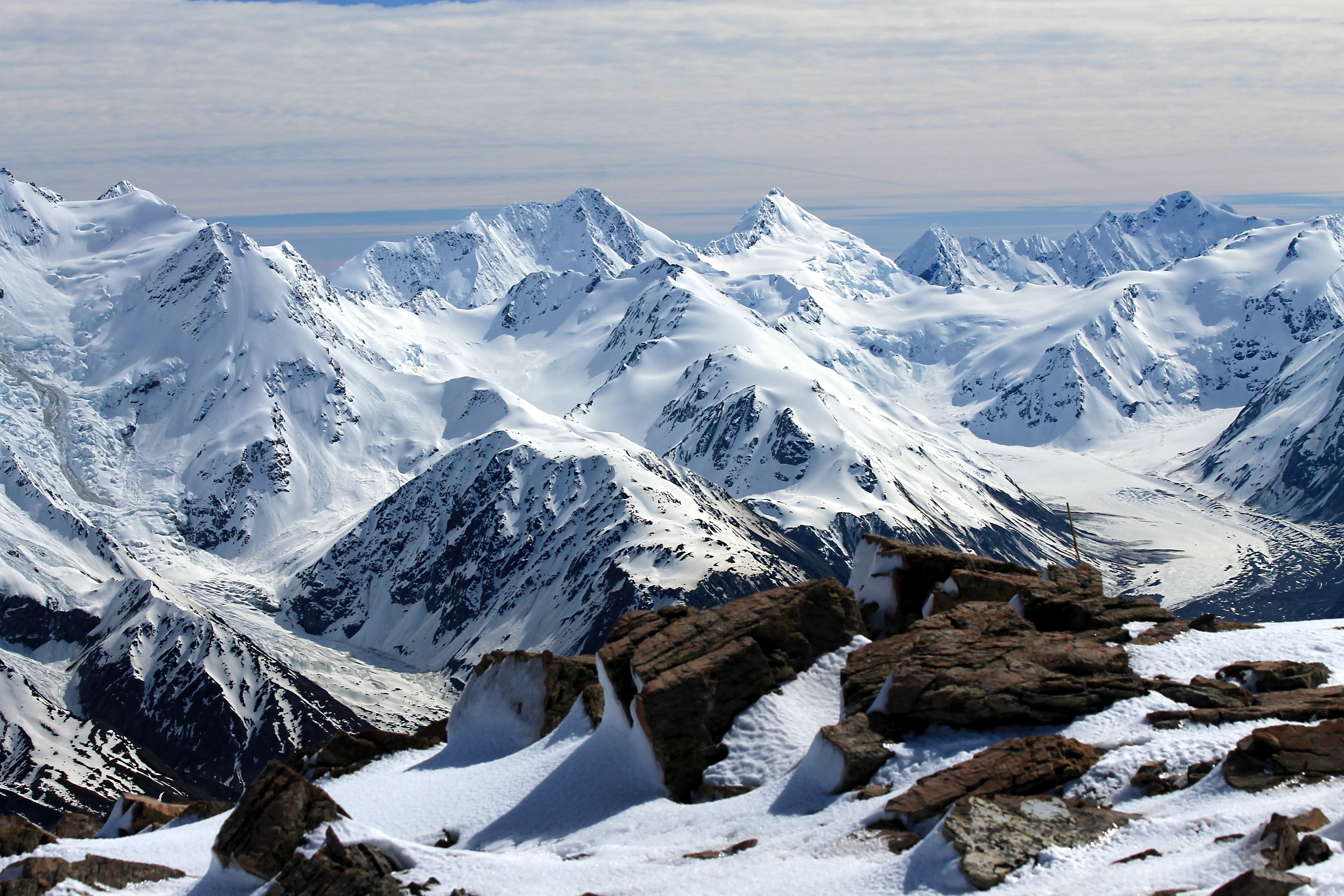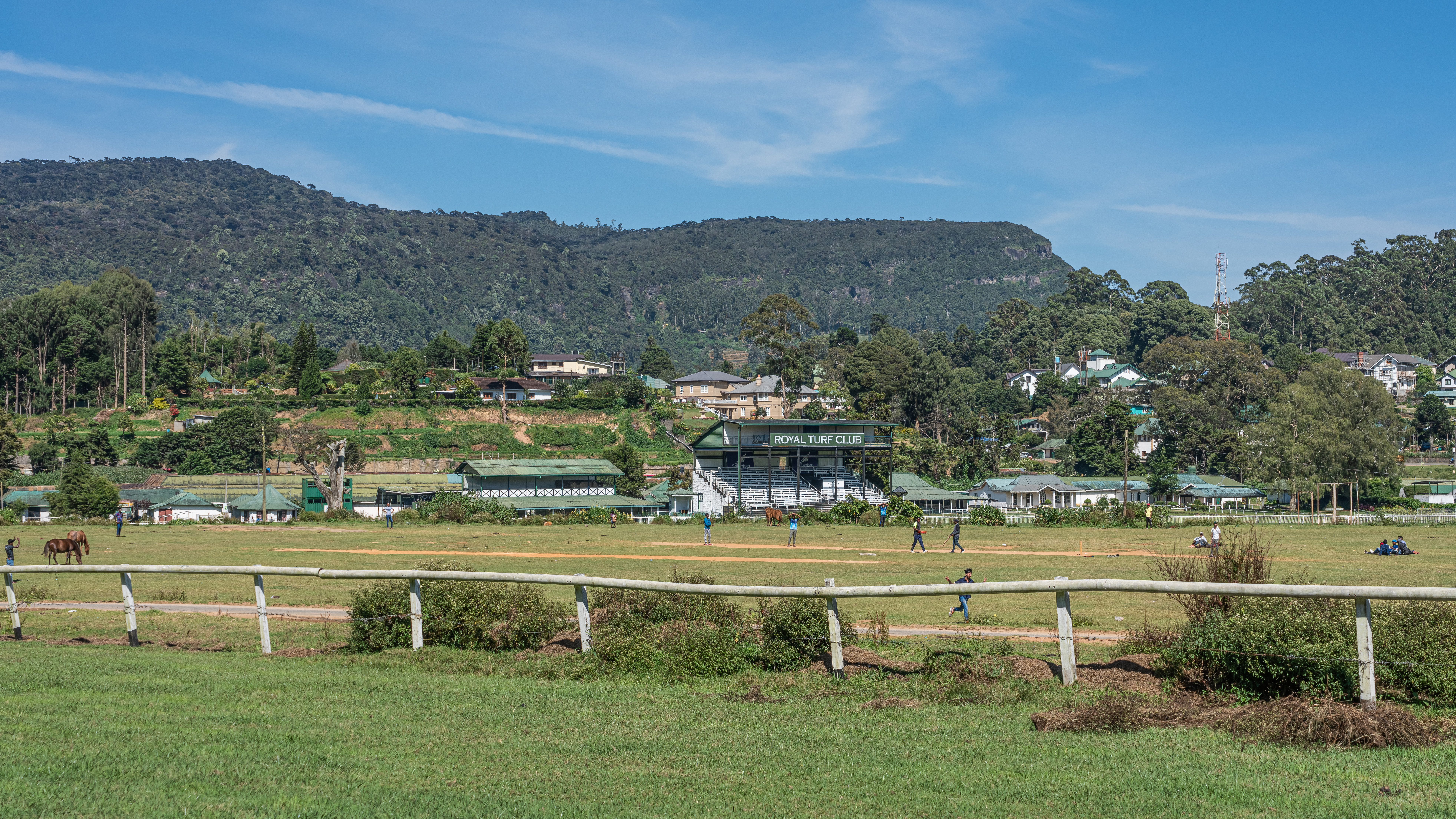|
Mount Cran
Mount Cran is a mountain in Canterbury, New Zealand. Description Mount Cran is set in the Ben Ohau Range of the Southern Alps and is situated in the Canterbury Region of the South Island. This peak is located south of Mount Cook Village. Precipitation runoff from the mountain's northwest slope drains to the headwaters of the Dobson River, whereas all other slopes drain east to the Tasman River via Freds and Birch Hill streams. Topographic relief is significant as the summit rises above Birch Hill Stream in two kilometres. The nearest higher peak is Mount Sealy, four kilometres to the north. The first ascent of the summit was made in March 1916 by Harold Sloman and Conrad Kain. Eponymy The mountain's toponym honours Charles George Cran (1899–1985), who was well-known in the farming community, managed several high-country stations, and was an original member of the Land Settlement Board. [...More Info...] [...Related Items...] OR: [Wikipedia] [Google] [Baidu] |
Southern Alps
The Southern Alps (; officially Southern Alps / Kā Tiritiri o te Moana) are a mountain range extending along much of the length of New Zealand, New Zealand's South Island, reaching its greatest elevations near the range's western side. The name "Southern Alps" generally refers to the entire range, although separate names are given to many of the smaller ranges that form part of it. The range includes the South Island's Main Divide, which separates the drainage basin, water catchments of the more heavily populated eastern side of the island from those on the west coast. Politically, the Main Divide forms the boundary between the Marlborough Region, Marlborough, Canterbury Region, Canterbury and Otago regions of New Zealand, regions to the southeast and the Tasman Region, Tasman and West Coast, New Zealand, West Coast regions to the northwest. Names The Māori language, Māori name of the range is , meaning "the Fata Morgana (mirage), Mirage of the Ocean". The English people, ... [...More Info...] [...Related Items...] OR: [Wikipedia] [Google] [Baidu] |
Station (New Zealand Agriculture)
A station or run, in the context of New Zealand agriculture, is a large farm dedicated to the grazing of sheep and cattle. The use of the word for the farm or farm buildings date back to the mid-nineteenth century. The owner of a station is called a runholder. Some of the stations in the South Island have been subject to the voluntary tenure review process. As part of this process the government has been buying out all or part of the leases. Poplars Station in the Lewis Pass area was purchased in part by the government in 2003. The Nature Heritage Fund was used to purchase 4000 ha for $1.89 million. Birchwood Station was bought in 2005 to form part of the Ahuriri Conservation Park St James Station was purchased by the Government in 2008. Notable stations *Ākitio Station, formerly a property located in the Southern North Island province of Wairarapa and host to the touring English Cricket team in the 20th century. * Castle Hill Station, located on State Highway 73; loca ... [...More Info...] [...Related Items...] OR: [Wikipedia] [Google] [Baidu] |
Mount Edgar Thomson
Mount Edgar Thomson is a mountain in the Canterbury Region of New Zealand. Description Mount Edgar Thomson is set in the Ben Ohau Range of the Southern Alps and is situated in the Canterbury Region of South Island. This peak is located south-southwest of Mount Cook Village in Aoraki / Mount Cook National Park. Precipitation runoff from the mountain drains east to the Tasman River via Hoophorn and Birch Hill streams, whereas the west slope drains into headwaters of the Dobson River.''Dobson River'' New Zealand Gazetteer, Retrieved 26 December 2024. is significant as the summit rises above Hoophorn Stream in 1.5 kilometres. The nearest higher peak is |
List Of Mountains Of New Zealand By Height
The following are lists of mountains in New Zealand ordered by height. Names, heights, topographic prominence and isolation, and coordinates were extracted from the official Land Information New Zealand (LINZ) Topo50 topographic maps at thinteractive topographic map of New Zealandsite. Mountains are referred to as ''maunga'' in the Māori language. Named summits over 2,900 m All summits over are within the Southern Alps, a chain that forms the backbone of the South Island, and all but one ( Mount Aspiring / Tititea) are within a radius of Aoraki / Mount Cook. Some of these summits are mere shoulders on the ridges of Aoraki and Mount Tasman. Gordon Hasell was the first person who, by 1960, had climbed all New Zealand's peaks above . The achievement mentions 27 peaks and it thus counts individual peaks that may make up one mountain, e.g. Mount Haast (Westland District), Mount Haast has three individual peaks that are all above that height. The 100 highest mountains Thes ... [...More Info...] [...Related Items...] OR: [Wikipedia] [Google] [Baidu] |
Orographic Lift
Orographic lift occurs when an air mass is forced from a low elevation to a higher elevation as it moves over rising terrain. As the air mass gains altitude it quickly cools down adiabatically, which can raise the relative humidity to 100% and create clouds and, under the right conditions, precipitation. Orographic lifting can have a number of effects, including precipitation, rain shadowing, leeward winds, and associated clouds. Precipitation Precipitation induced by orographic lift occurs in many places throughout the world. Examples include: * The Mogollon Rim in central Arizona * The western slope of the Sierra Nevada range in California. * The western slope of the Wasatch Range in Utah. Specifically the Little and Big Cottonwood Canyons. * The mountains near Baja California North – specifically La Bocana to Laguna Hanson. * The windward slopes of Khasi and Jayantia Hills (see Mawsynram) in the state of Meghalaya in India. * The Western Highlands of Yemen, which rece ... [...More Info...] [...Related Items...] OR: [Wikipedia] [Google] [Baidu] |
Oceanic Climate
An oceanic climate, also known as a marine climate or maritime climate, is the temperate climate sub-type in Köppen climate classification, Köppen classification represented as ''Cfb'', typical of west coasts in higher middle latitudes of continents, generally featuring cool to warm summers and cool to mild winters (for their latitude), with a relatively narrow annual temperature range and few extremes of temperature. Oceanic climates can be found in both hemispheres generally between 40 and 60 degrees latitude, with subpolar versions extending to 70 degrees latitude in some coastal areas. Other varieties of climates usually classified together with these include subtropical highland climates, represented as ''Cwb'' or ''Cfb'', and subpolar oceanic or cold subtropical highland climates, represented as ''Cfc'' or ''Cwc''. Subtropical highland climates occur in some mountainous parts of the subtropics or tropics, some of which have monsoon influence, while their cold variants an ... [...More Info...] [...Related Items...] OR: [Wikipedia] [Google] [Baidu] |
Marine West Coast
An oceanic climate, also known as a marine climate or maritime climate, is the temperate climate sub-type in Köppen classification represented as ''Cfb'', typical of west coasts in higher middle latitudes of continents, generally featuring cool to warm summers and cool to mild winters (for their latitude), with a relatively narrow annual temperature range and few extremes of temperature. Oceanic climates can be found in both hemispheres generally between 40 and 60 degrees latitude, with subpolar versions extending to 70 degrees latitude in some coastal areas. Other varieties of climates usually classified together with these include subtropical highland climates, represented as ''Cwb'' or ''Cfb'', and subpolar oceanic or cold subtropical highland climates, represented as ''Cfc'' or ''Cwc''. Subtropical highland climates occur in some mountainous parts of the subtropics or tropics, some of which have monsoon influence, while their cold variants and subpolar oceanic climates occu ... [...More Info...] [...Related Items...] OR: [Wikipedia] [Google] [Baidu] |
Köppen Climate Classification
The Köppen climate classification divides Earth climates into five main climate groups, with each group being divided based on patterns of seasonal precipitation and temperature. The five main groups are ''A'' (tropical), ''B'' (arid), ''C'' (temperate), ''D'' (continental), and ''E'' (polar). Each group and subgroup is represented by a letter. All climates are assigned a main group (the first letter). All climates except for those in the ''E'' group are assigned a seasonal precipitation subgroup (the second letter). For example, ''Af'' indicates a tropical rainforest climate. The system assigns a temperature subgroup for all groups other than those in the ''A'' group, indicated by the third letter for climates in ''B'', ''C'', ''D'', and the second letter for climates in ''E''. Other examples include: ''Cfb'' indicating an oceanic climate with warm summers as indicated by the ending ''b.'', while ''Dwb'' indicates a semi-Monsoon continental climate, monsoonal continental climate ... [...More Info...] [...Related Items...] OR: [Wikipedia] [Google] [Baidu] |
New Zealand Geographic Board
The New Zealand Geographic Board Ngā Pou Taunaha o Aotearoa (NZGB) is the authority over geographical and hydrographic names within New Zealand and its territorial waters. This includes the naming of small urban settlements, localities, mountains, lakes, rivers, waterfalls, harbours and natural features and may include researching local Māori names. It has named many geographical features in the Ross Sea region of Antarctica. It has no authority to alter street names (a local body responsibility) or the name of any country. The board was established by the New Zealand Geographic Board Act 1946, which has since been replaced by the New Zealand Geographic Board (Ngā Pou Taunaha o Aotearoa) Act 2008. Although an independent institution, it is responsible to the Minister for Land Information. The NZGB secretariat is part of Toitū Te Whenua Land Information New Zealand (LINZ) and provides the board with administrative and research assistance and advice. The New Zealand Geogra ... [...More Info...] [...Related Items...] OR: [Wikipedia] [Google] [Baidu] |
Conrad Kain
Conrad Kain (10 August 1883, Schwarzau im Gebirge, Nasswald – 2 February 1934, Cranbrook, British Columbia) was an Austrian mountain guide who guided extensively in Europe, Canada, and New Zealand, and was responsible for the first ascents of more than 60 routes in British Columbia. He is particularly known for pioneering climbs in the Purcell Mountains and the first ascents of Mount Robson (1913), Mount Louis (1916) and Bugaboo Spire (1916). Life Kain was born in poverty in a small village in Lower Austria. His father was a miner who died when Kain was 8. In his youth he worked as a goatherd in the Rax-Schneeberg Group, Rax Alps and from 1898 to 1904 he worked at stone quarries in Veitsch and Reichenau an der Rax, Hirschwang. His free time he spent climbing, and by 1904 he guided his first clients, becoming an officially recognized professional guide in 1906. He guided his clients not only in Austria (including the Dolomites), but also in Switzerland and France, including the ... [...More Info...] [...Related Items...] OR: [Wikipedia] [Google] [Baidu] |
Ben Ohau Range
Ben Ohau Range is a mountain range in Canterbury, New Zealand, Canterbury Region, South Island, New Zealand. It lies west of Lake Pukaki, at and east of the Dobson River (New Zealand), Dobson river and Lake Ōhau. The Ben Ohau range is dominated at the southern end by Ben Ohau (1522m). Other mountains in the range include Backbone Peak (2263m), MacKenzies Peak (2200m), Glentanner Peak (2551m), Dun Fiunary (2550m), Ferintosh Peak (2497m), Mauka Atua (2557m), Kai Tarau (2542m), and Mt Dark (2496m). At the northern end Mount Cran, Mt Cran stands at 2444m, Jamieson Saddle at 2183m and Mount Edgar Thomson, Mt Edgar Thomson at 2379m. Biodiversity The moth species ''Ichneutica agorastis'' is particularly common at a String bog, string mires found in the Ben Ohau Range. References External links Photo of Ben Ohau Range Mountain ranges of the Canterbury Region {{CanterburyNZ-geo-stub ... [...More Info...] [...Related Items...] OR: [Wikipedia] [Google] [Baidu] |






